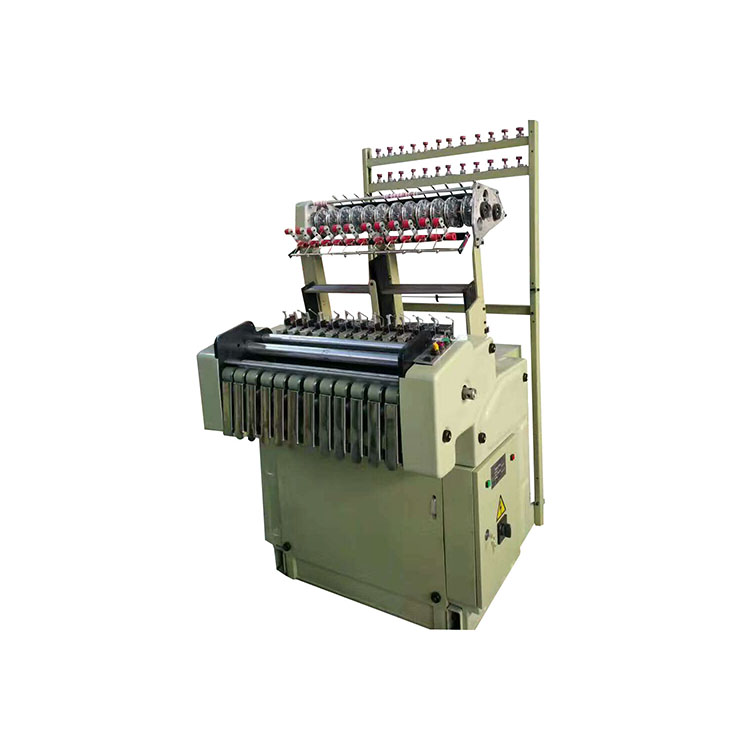Ribbons are woven directly through ribbon looms. First, the computer design and drawing are used, and then the design drawings are put into the computer loom system. After adjustment, the textiles are started. According to the weaving process, the elastic cord is divided into warp and weft. The warp is made by weaving vertical strips of textiles through computer textile machines; the weft is made by weaving cotton yarn in the horizontal direction. The warp pattern design is relatively simple and single, while the weft jacquard pattern design is larger and more delicate, and the colors are clear and layered. So, how to perform maintenance and inspection on the ribbon loom? Xuzhou Qixing Machinery Co., Ltd. will introduce it below.
Ribbon loom maintenance and inspection contents:
- Check whether the lubricating oil in the main chassis is within the required range. Please take out the oil probe and lower it to ensure that the remaining oil is in the middle of the two lines, but not too much to prevent the lubricating oil from spraying out.
- Check the lubricating oil of the stepless speed regulator, which can be estimated by the oil mirror. The lubricating oil must be replenished if it is less than half of the oil mirror.
- All gear shaft parts of the equipment should be properly lubricated and maintained once a week.
- The main rod part of the polished rod cable organizer should be properly lubricated and maintained once a week.
- Make sure there are no obstacles within the equipment’s position range, and check it at any time.
- Tighten the screws in the machine’s transmission parts and connection parts to prevent loosening from affecting the operation of the equipment. Check once a week.
- Before using the equipment, run it at a low speed for about 5 minutes and then increase the speed.
Standard parts daily maintenance method:
- Use safety inspections to check whether the core process components and tightening joints of each machine and equipment are loose, and tighten loose parts in time.
- Purchase standard tightening joints from provincially designated factories and establish an inspection-centered safety inspection system.
- Unify the tightening procedures of standard parts to minimize under-tightening or over-tightening, which may lead to potential failures or reduce the service life of tightened parts.

